Authors:
ABSTRACT
Aim
To develop a theoretical aepidemiological model for the prediction of orthodontic workforce needs, based on regional
orthodontic treatment need.
Methods
Data were collected for the number of children between the ages of 8-11
years attending primary schools in Greece, within each regional division. Treatment need of the children was estimated using the Index
of Orthodontic Treatment Need (IOTN). Demographics of practicing orthodontists in Greece were also collected. Based on the
distribution of orthodontists and the number of children per region who would potentially receive orthodontic treatment (IOTN 3-5), the
presence and distribution of orthodontic manpower was evaluated.
Results
Overall orthodontic manpower is sufficient for Greece's
needs with an excess of 55 orthodontists. Distribution however is not uniform, and this ranges from a large underrepresentation of
orthodontists in the Ionian Islands (47 of those required) to an overrepresentation in the Attica region (183 of those
required).
Conclusion
Based on the present theoretical model, Greece has an adequate overall orthodontic workforce for coverage
of the population needs, but with large regional variations indicating that some regions have a surplus while others a shortage of
orthodontists. The present model seems suitable for the calculation of regional orthodontic workforce coverage of a
population.
PLUMX METRICS
Publication date:
Keywords:
Issue:
Vol.17 – n.1/2016
Page:
Publisher:
Cite:
Harvard: K. Tsiouli, K. Karamesinis, G. S. Antonarakis, P. Christou (2016) "Prediction model of regional orthodontic workforce needs, using Greece as an example", European Journal of Paediatric Dentistry, 17(1), pp29-33. doi: https://www.ejpd.eu/wp-content/uploads/pdf/EJPD_2016_1_4.pdf
Copyright (c) 2021 Ariesdue

This work is licensed under a Creative Commons Attribution-NonCommercial 4.0 International License.
